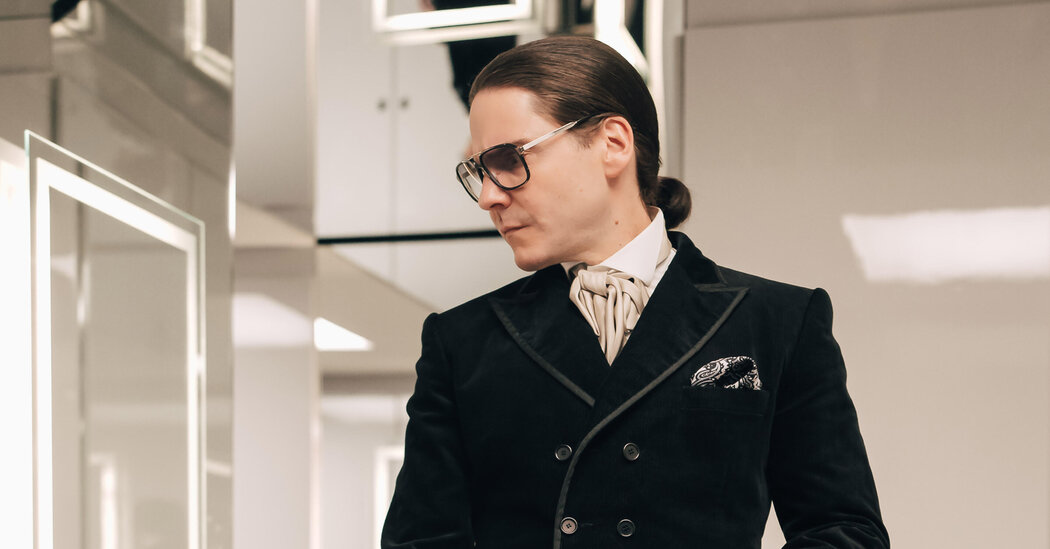
There is a scene late in “Becoming Karl Lagerfeld,” the six-part streaming series on Hulu about the early Paris career of the famed German designer, that features a youngish Karl talking to his mother, who has just had a stroke and whom he has installed in an elaborate château in the French countryside. He is in despair. Without her, Mr. Lagerfeld says, there will be no one who knows the real him.
“Who cares?” she effectively replies, suggesting that the created self is so much more interesting.
For decades, this was essentially dogma in fashion. Great designers were often synonymous with fantasists and mythmakers, not only when it came to their clothes but to their life as well. Their homes were extraordinary stage sets; their self-presentation an invention; their speech populated with exaggerated edicts and ultimatums.
Their fans consumed these caricatures the way they consumed their clothes, the image feeding the popular narrative of the creative genius. Few were better at it than Mr. Lagerfeld, who with his powdered ponytail, dark glasses and fingerless motocross gloves was a cartoon unto himself, but he was far from the only one.
Dior with his white coats fit the bill; so did Chanel with her ropes of pearls and cigarette holders. John Galliano with his costumery did too, as did Tom Ford with his porn-lord shades and undone shirts.
And so it was for years. Recently, however, a different trend has emerged. It’s one that takes the form of three streaming series dedicated to revealing the designers behind the clothes; to stripping off the masks of the monstres sacrés and exposing them in all their human fallibility.
First up was “Cristóbal Balenciaga,” a look at the career arc of the Spanish master and the trauma he suffered as a closeted gay man and with the advent of ready-to-wear. (That series, which aired in several countries earlier this year, is not yet available in the United States.) Then came “The New Look,” which focused on Christian Dior, his daddy issues and dependence on tarot cards, and Coco Chanel and the terrible moral choices those designers made to keep their businesses going during World War II.






